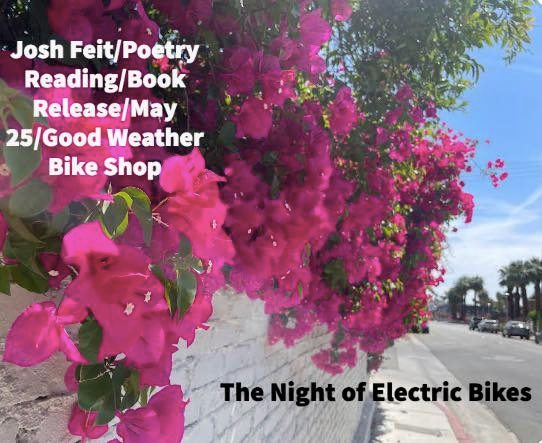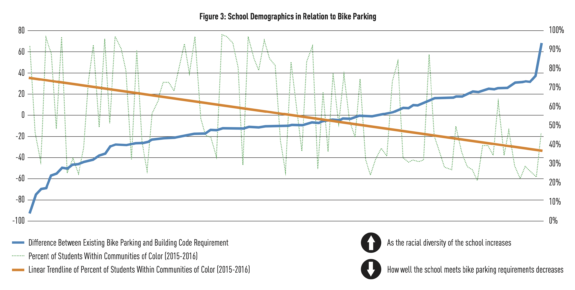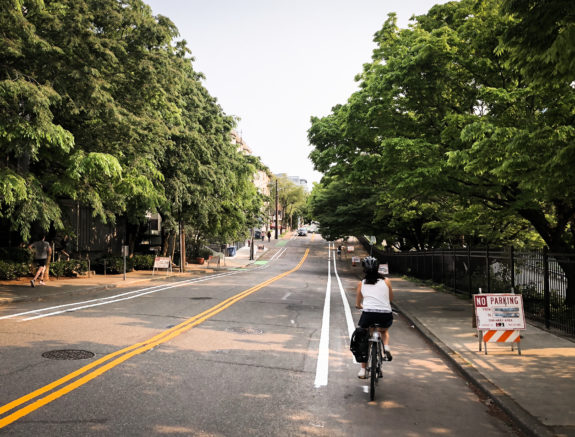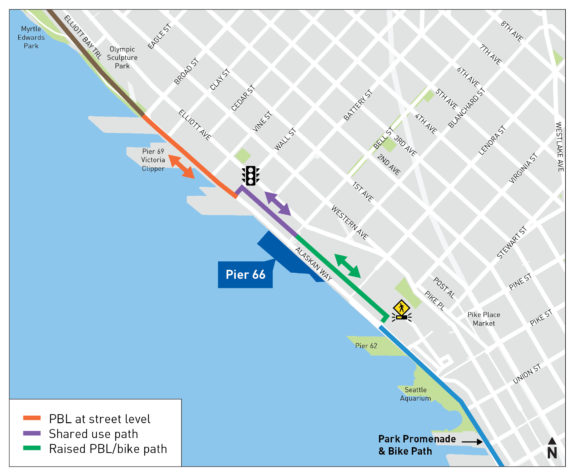Do you have 3–6 hours of available time each month for the next two years and want to learn more about how transportation stuff actually gets done (or not) in Seattle? Well then, you should apply for one of the city’s advisory boards. Yes, you. Members do NOT need to have special training or professional insight of any kind to serve on these boards. In fact, as someone who has attended many of these meetings as a journalist and observer, the most effective members are just regular people with a desire to listen, learn and hold the city accountable to its stated goals.
If you are interested in learning more about serving, SDOT is hosting an online Microsoft Teams meeting at noon on June 2. Applications for this round are due June 4 and will be considered for positions that become available over the next 6 months. You can apply for one or more of the following boards:
- School Traffic Safety Committee (STSC)
- Seattle Bicycle Advisory Board (SBAB)
- Seattle Freight Advisory Board (SFAB)
- Seattle Pedestrian Advisory Board (SPAB)
- Transit Advisory Board (TAB)
The next couple years are going to be big for transportation as Seattle prepares and tries to pass a replacement funding measure for the Move Seattle Levy, which expires at the end of 2024. The city also has a lot of work to do to fulfill the promises made to voters back when they passed that levy in 2015. The advisory boards can play an effective role in helping to steward this work.
Also, if you join the Bicycle Advisory Board, you can say that you are on the same board Bill Nye once served on:











